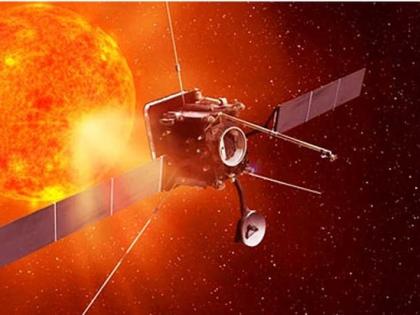Aditya-L1 Launch: Countdown begins for India's first solar mission
By Lokmat English Desk | Updated: September 1, 2023 16:27 IST2023-09-01T16:26:54+5:302023-09-01T16:27:19+5:30
After the successful soft landing of Chandrayaan-3, ISRO is now set to launch country's maiden solar mission Aditya-L1. Aditya-L1 ...

Aditya-L1 Launch: Countdown begins for India's first solar mission
After the successful soft landing of Chandrayaan-3, ISRO is now set to launch country's maiden solar mission Aditya-L1. Aditya-L1 spacecraft is designed for providing remote observations of the solar corona and in situ observations of the solar wind at L1 (Sun-Earth Lagrangian point), which is about 1.5 million kilometres from the earth.It is India's first solar space observatory and will be launched by the PSLV-C57. It will carry seven different payloads to have a detailed study of the sun, four of which will observe the light from the sun and the other three will measure in-situ parameters of the plasma and magnetic fields.
The solar mission is scheduled for lift-off on September 2 at 11:50 am from the Sriharikota spaceport. On August 30, ISRO said that its Aditya-L1 mission, designed to study the Sun, has completed launch rehearsals and internal checks.The live telecast can be watched on the Doordarshan channel or ISRO's YouTube channel. ISRO on 1 September has also shared the link of the live telecast of the Aditya-L1 Mission. The launch of Aditya L1 is timed at 11:50 am (IST) tomorrow.Aditya-L1 will be placed in a halo orbit around Lagrangian Point 1 (or L1), which is 1.5 million km away from the Earth in the direction of the sun. It is expected to cover the distance in four months' time. The journey to the designated mission site is a staggering 1.5 million km from the Earth and will take about four months to cover. The major objectives of India’s solar mission include the study of the physics of solar corona and its heating mechanism, the solar wind acceleration, coupling and dynamics of the solar atmosphere, solar wind distribution and temperature anisotropy, and origin of Coronal Mass Ejections (CME) and flares and near-earth space weather.